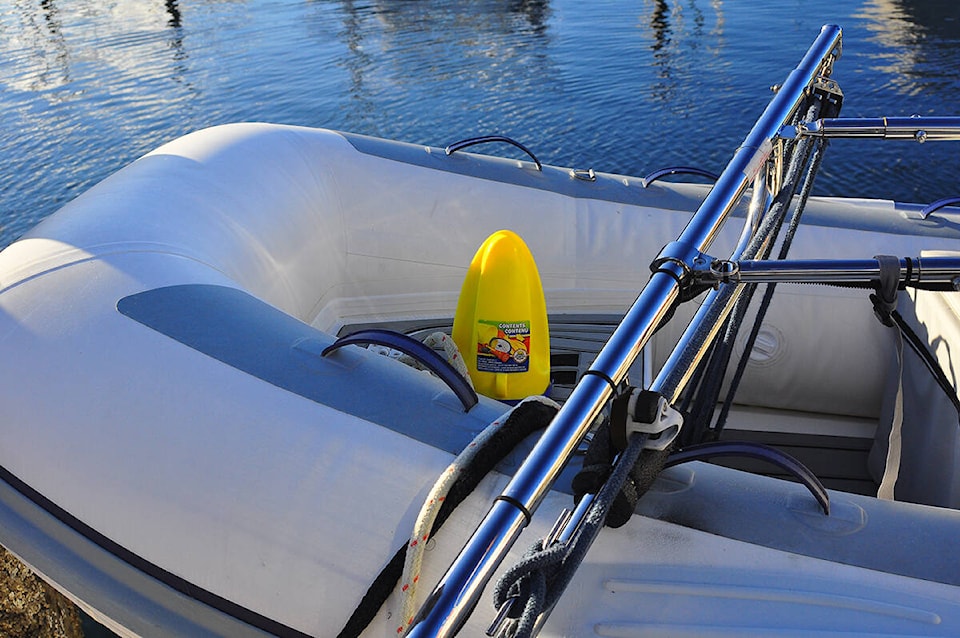“The davits were the last we saw of the Essence.” In one terse sentence, sailor Bruce Goodwin describes the 2019 sinking tragedy that put four souls into the cold water and cost the life of his friend, Stuart Pedersen. In a personal account published in Yachting Monthly, September 2021, Goodwin writes, “I don’t want this to be a scare story… I only want to make it safer for us all in the future.” This is a lean story, the language tight and unadorned. Wind and water stripped the SV Essence, a well-equipped Bavaria 47 helmed by experienced sailors, and sunk her. Lessons are gleaned, stark and simple, and among them, how a waterproof bag can save your life.
Marine waterproof bags are known by different names – ditch bag, grab bag, go bag – whatever it’s called, the contents may be, but are not necessarily the same as the mandatory safety equipment required by Transport Canada, according to your boat type and length. When the wave slams you broadside and the next one sinks the bow, the instant you accept the inevitability of what’s about to happen, every decision, every second counts. Those most vulnerable on the water, human-powered vessels like kayaks, or on paddleboards, will have even less time to think about what to take. I call it the go-bag. Because if I’m going into a life raft or into the water, it’s going with me.
If you suddenly have to abandon your boat, the go bag should answer two hinged questions: 1. How will I stay alive? 2. How will I call for help? The Complete Sea Kayaker’s Handbook by Shelly Johnson has a photograph of what she calls it the “essentials bag.” Many of the items are generic to any boater and can be attached to the life vest: signaling devices (mirror, whistle, strobe, flares), water, compass, and more. Cell phones with GPS location services enabled have some use but with limited range and power. Waterproof electronic signal devices like Emergency Position Indicating Radio Beacon (EPIRB), handheld VHF radio, Personal Locator Beacons (PLB), satellite phones, are limited only by your budget and circumstance, whether you are in a 6-man liferaft or in a PFD holding your head above the water.
Goodwin’s story concludes, “Sailing is still my happy place.” I hope to honour his lessons.
(To read the article Yachting Monthly: Sunk in a storm with no liferaft: lessons learned, go to https://bit.ly/3hbtusR
